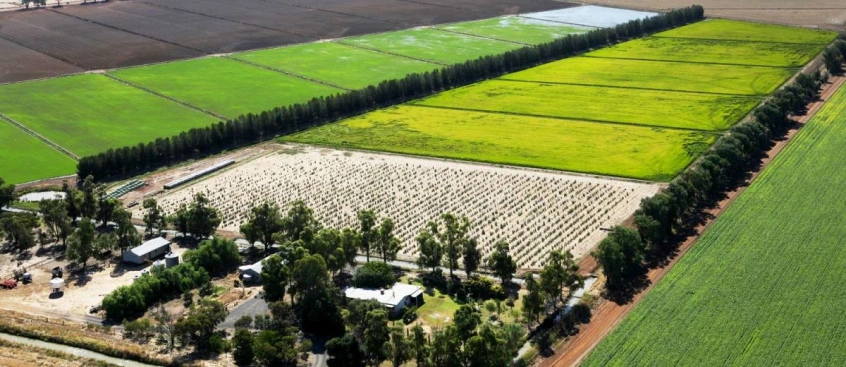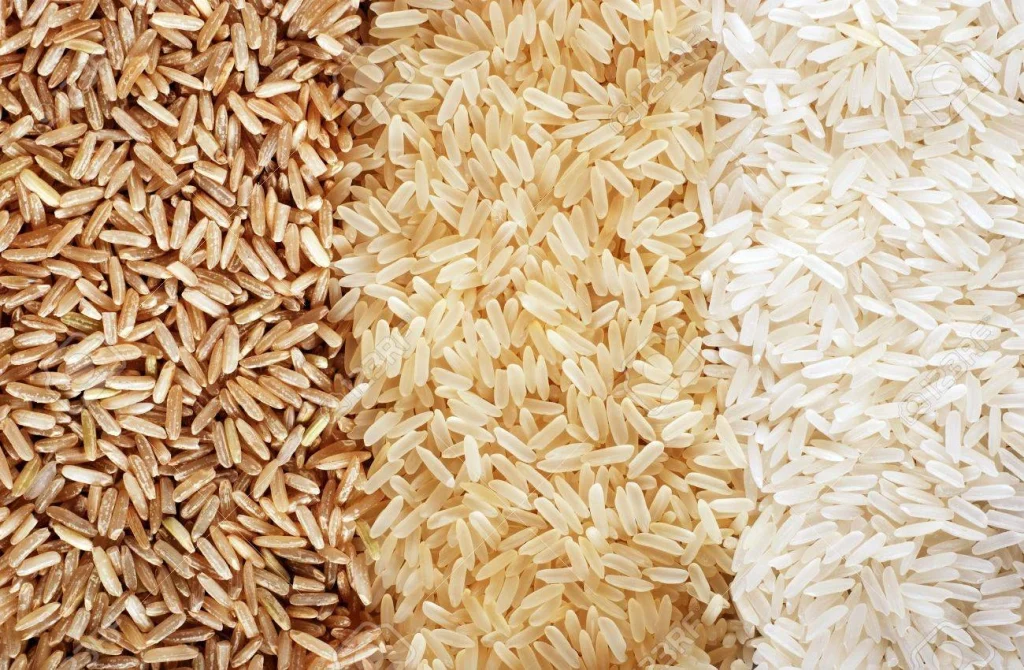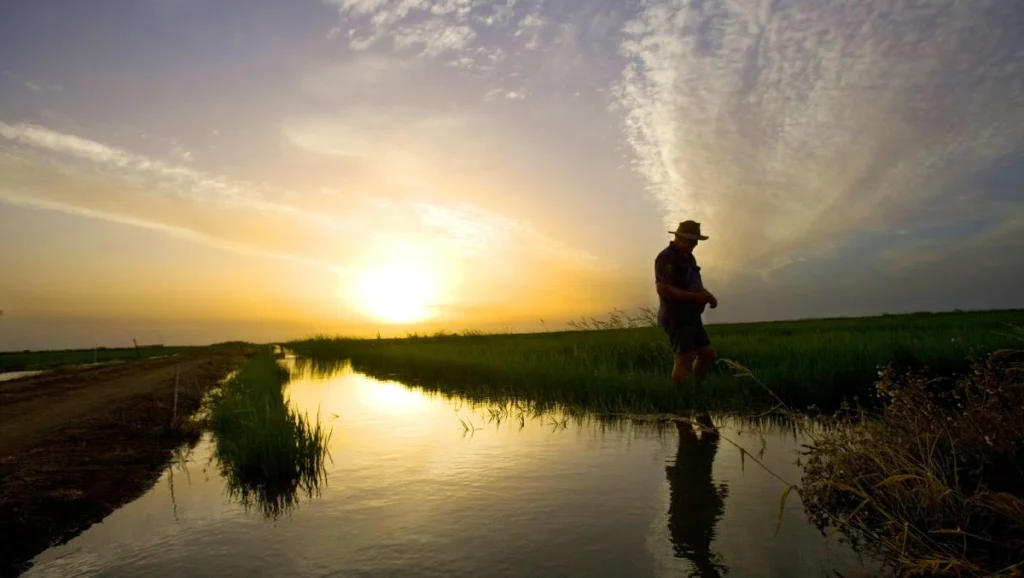
Water Use Efficiency and Rice
Apr 28 2020

Australian rice growers are some of the world’s most efficient producers. As an industry, Australia grows more top quality rice with less water than anywhere else in the world.
However, it is no easy task growing rice in Australia. You need water, and lots of it.
The Murrumbidgee and Murray Valleys (where over 99% of Australia’s rice is grown) has always used water sourced from reservoirs that rely on annual runoff – but there is now less water available for agricultural use since the implementation of the 2012 Murray Darling Basin Plan. Water has also become an annually tradable commodity. Huge variability of rice production exists each year, not only due to variations in water availability but commodity prices of a whole range of crops competing for the same water.
This pretty much means that the growth of the Australian rice industry depends on making the most of every drop of water!
In this short article supported by findings from a May 2020 research report of NSW rice grower and Nuffield Scholar Mark Groat (who with support from AgriFutures Australia, travelled across the United States, South America, China and India drawing comparisons and insights for rice production back in Australia), we take a quick look at two considerations for Australian farmers to help grow more rice with less – rice genetics and irrigation efficiency.
We know most rice growers will have limited opportunities to change irrigation methods because they will need to apply large volumes of water to rice crops at high flow rates (flood irrigation). And even though current rice production practices in Australia may be some of the most efficient in the world, this doesn’t mean that improvements can’t be made. Water use efficiency and genetics selection is a good place to start
Rice Genetics
Traditional methods of selective breeding are being enhanced with new tools including gene technology which can manipulate the actions of a gene or to take a gene from one organism and move it into another.
In rice, ‘functional’ versions like rice enriched with iron, vitamins A and E, and lysine are being created. As too are rice plants engineered to have fewer stomata — the tiny openings used for gas exchange — so that they become more tolerant to drought and resilient to future climate change.
Drought-resistant plants share a mechanism known as crassulacean acid metabolism, or CAM, which allows them to survive despite low levels of water. CAM is essentially a form of photosynthesis in which the pores in a plant’s leaves only open to let in carbon dioxide at night.
During the day, when the sun is out, the pores remain closed in order to prevent water escaping through them. This means they are better able to tolerate dry conditions and as bioengineers build the blocks that make up CAM photosynthesis they will be able to bioengineer the metabolic processes of water-heavy crops such as rice, wheat, soybeans and poplar to accelerate their adaptation to water-limited environments.

Rice can be bioengineered to be enriched with iron, vitamins A and E.
Irrigation Efficiency
For many growers, the role of genetics is going a play a big part in water use efficiency (WUE). But there are countless other ways rice growers can reduce the number of spend hours monitoring and checking irrigation, checking moisture levels and turning on and off irrigation valves. This takes a lot of time, and time is money, The manual process can be very water and labour inefficient.
With smart irrigation solutions growers don’t even have to leave their office to manage the precise irrigation of crops – they can do it using cloud-connected devices and dashboards on their mobile phone or computer. Getting this sort of set up is an investment but lower water allocations and higher water prices pose major challenges for the rice industry so increasing water use efficiency both in terms of production per megalitre and return per megalitre is an easy way to remain profitable.
“It’s about gaining a greater return for the water used, whether that’s in terms of yield, quality, consumer demand, or company reputation,” says Mr Groat in the research report.
Mr Groat’s report also features a series of comparative case studies from international rice growing regions with similar geographic and climatic traits as Australia, such as the Mississippi Delta in the US, Uruguay, north-east China and north-west India. Irrigation management and reducing water use, just like in Australia, remains one of best ways to gain a greater return.

irrigation efficiency can provide a good return on investment for rice growers
Posted in Farmer Advice
You Might Also Like
Jul 23 2025
Low yields from wheat production? Here’s why.
For the past two decades, agronomists and farmers have been trying to solve the problem of low yields using Variable Rate Fertilisation application. However, yield is only half of the equation. In-field…
Read MoreMay 25 2025
Get more from your livestock data with these six agtech solutions
Farmers across Australia are producing more data than ever. But much of it remains frustratingly siloed. Here’s how you can get the most from your data as a livestock producer.
Read MoreMay 20 2025
Purchasing AgTech? Ask yourself these five questions first.
Whether it’s your first time, or you’ve already got plenty of technology in operation – asking the right questions ensures you take the best approach.
Read MoreApr 22 2025
Building farm data trust
At AgTech Finder we ask vendors to provide their data policies so that farmers can make informed choices about agtech and be comfortable about the way their data is being collected and…
Read MoreList your company on AgTech Finder.
AgTech Finder helps Australian Farmers and producers find the product that’s right for them.
Register now to be a part of the community, get access to a national platform and start gaining insights to improve your products.
